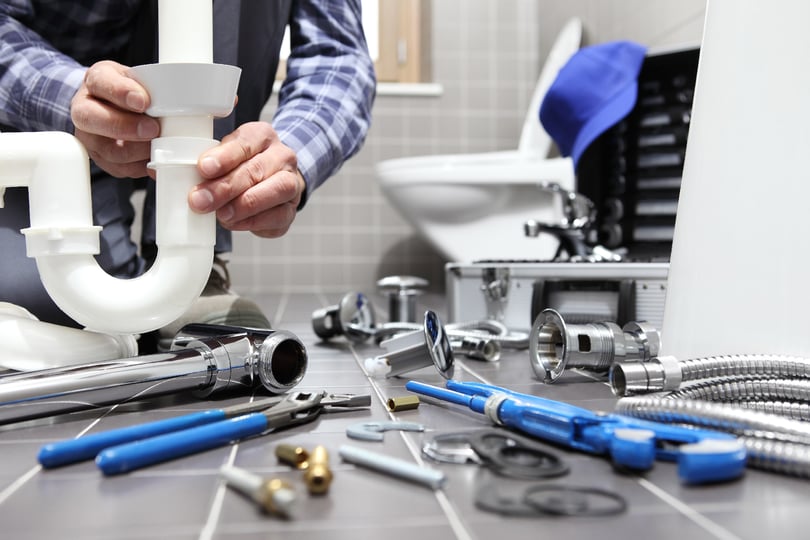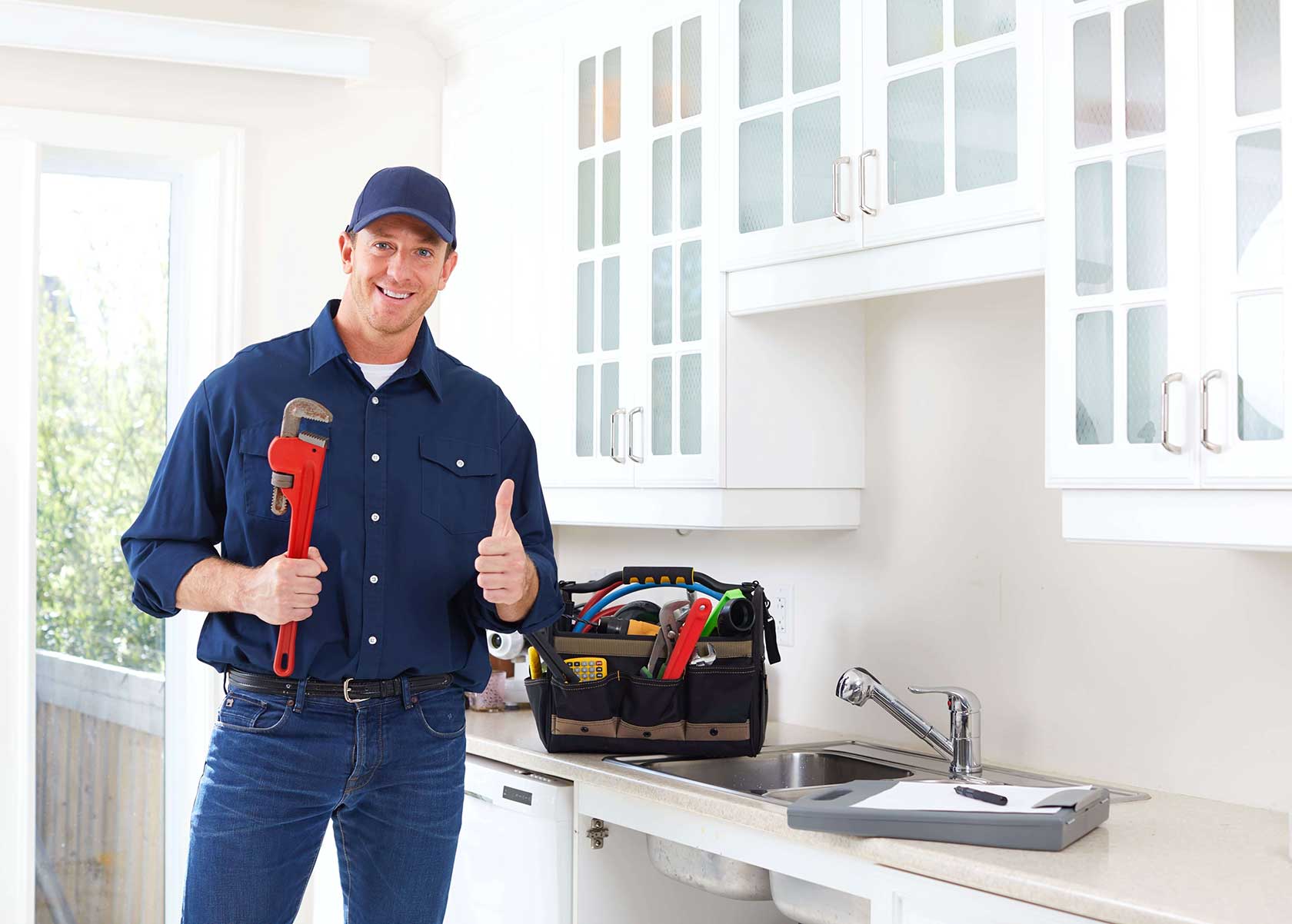When to DIY and When to Call a Professional Plumber: Advice for Homeowners
When to DIY and When to Call a Professional Plumber: Advice for Homeowners
Blog Article
What are your beliefs on When to DIY and When to Call in the Plumbing Pros?

Introduction
Pipes concerns can range from small inconveniences to major migraines, commonly triggering house owners to make a decision between tackling the problem themselves or calling in a specialist plumbing professional. Knowing when to do it yourself and when to seek expert aid can save time, cash, and stop potential calamities. This post explores the variables to think about when making this crucial decision.
Advantages of DIY Plumbing
Tackling pipes tasks on your own can be rewarding in numerous means, especially for less complex projects.
Cost Cost savings
DIY pipes tasks often save cash by staying clear of professional service fees. Jobs like taking care of small leakages, changing taps, or mounting brand-new showerheads are instances where homeowners can handle repairs without employing a plumbing professional.
Ability Improvement
Participating in DIY plumbing offers an opportunity to learn and improve functional abilities. Fundamental tasks empower homeowners to understand their pipes systems far better and get confidence in managing tiny repair work independently.
Threats of DIY Plumbing
While do it yourself projects use benefits, particular risks need to be very carefully considered prior to attempting repair services.
Complexity of Tasks
Some plumbing problems require specific expertise and tools past typical house owner abilities. Mishandling complicated issues can lead to further damage and pricey repairs.
Safety Issues
Working with plumbing systems involves risks such as exposure to water damages, potential for electric threats, and taking care of devices incorrectly. Safety precautions have to be observed to stop mishaps and make sure effective repairs.
Indicators to Call a Specialist Plumber
Identifying when a pipes concern surpasses DIY abilities is essential to preventing getting worse troubles.
Indications of Facility Problems
Examples consist of:
Prompt specialist intervention is essential to attend to these issues successfully and minimize damage.
Do It Yourself Pipes Tips
For successful do it yourself plumbing, it's important to be prepared with the right tools and comply with correct treatments.
Standard Tools and Materials
Trick tools for DIY pipes:
Step-by-Step Guides
Clear guidelines ensure safe and reliable do it yourself repairs:
Choosing the Right Time to DIY
Figuring out when to deal with plumbing tasks yourself requires analyzing both the intricacy of the problem and personal convenience degrees.
Evaluation List
Think about:
When to Certainly Call a Specialist
Specific scenarios require instant experienced interest to stop comprehensive damages or safety dangers.
Examples include:
Searching for and Hiring an Expert Plumber
Choosing a qualified plumbing technician makes certain trusted service and comfort in solving pipes problems.
Requirements for Choice
Variables to consider:
Cost Analysis: DIY vs. Specialist Services
Comparing the monetary ramifications of do it yourself initiatives versus specialist pipes solutions aids in making notified decisions.
Financial Considerations
Examine:
Final thought
Making a decision whether to DIY or call a professional plumbing professional rests on understanding the intricacy of plumbing problems and personal abilities. By weighing the benefits and risks, homeowners can make informed selections that advertise reliable upkeep and secure their homes from plumbing disasters.
DIY Plumbing Projects: What Homeowners Can Do and When to Call a Professional
Welcome to our comprehensive guide on DIY plumbing projects. In this blog post, we aim to empower homeowners with the knowledge and skills to tackle basic plumbing tasks around the house. From unclogging drains to fixing a leaky faucet, we’ll walk you through step-by-step instructions on how to handle these common issues.
However, not all plumbing problems can or should be solved with a DIY approach. Recognizing when a problem is beyond your skill level and requires professional intervention is just as important as knowing how to perform basic tasks. We’ll also discuss the signs that indicate it’s time to put down your tools and pick up the phone to call a professional plumber. By understanding when to DIY and when to call a professional, you can save time, avoid potential disasters, and ensure your home’s plumbing system remains in top shape.
Understanding Plumbing Basics
Before we dive into the DIY projects, let’s take a moment to understand the basics of your home’s plumbing system. A typical residential plumbing system consists of two major components: the water supply system, which brings fresh water into your home, and the drainage system, which removes waste water. These systems are made up of a network of pipes, valves, and fixtures that work together to deliver clean water and dispose of waste efficiently.
Regular maintenance of your plumbing system is crucial to prevent minor issues from escalating into major problems. This includes tasks like checking for leaks, removing minor clogs, and ensuring your pipes are insulated for winter. By performing these tasks regularly, you can extend the lifespan of your plumbing system, save money on water bills, and maintain the comfort and hygiene of your home.
In the following sections, we’ll explore some common DIY plumbing projects that homeowners can handle, as well as situations that require the expertise of a professional plumber. Whether you’re a seasoned DIY enthusiast or a beginner, this guide will provide you with valuable insights into the world of home plumbing.
DIY Plumbing Projects Homeowners Can Handle
Plumbing may seem intimidating, but there are several tasks that homeowners can confidently tackle with a little guidance and the right tools. Here are a few common issues you might encounter and how to address them.
Unclogging Drains
Use a Plunger: This is your first line of defense. A good old-fashioned plunger can dislodge the obstruction and clear the drain in many cases. Try a Plumber’s Snake or Hand Auger: If the plunger doesn’t work, a plumber’s snake or hand auger can reach deeper into the pipe to break up the clog. Use a Drain Cleaner: If physical methods fail, a chemical drain cleaner can dissolve the clog. However, use these products sparingly as they can damage your pipes if overused.

We are very focused on and I hope you appreciated our blog posting. Are you aware of another individual who is occupied with the subject? Feel free to promote it. Thanks a lot for your time. Don't hesitate to come by our website back soon.
Call Today Report this page